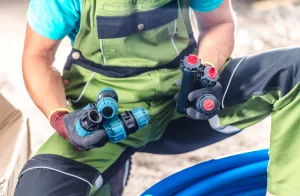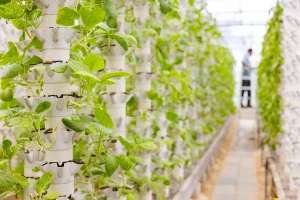Drip irrigation hose types ensure that plants receive water in the most efficient way. Balanced water use in agriculture directly affects productivity. Therefore, the selection of drip irrigation hose types is of great importance. Each plant type, soil structure, and irrigation area is different. Therefore, choosing the right hose type plays a critical role in water conservation and product quality.
In this article, we will discuss the working principles of drip irrigation hoses, different hose types, and points to consider when selecting them in detail. We will also explain the advantages and areas of use of each hose type with examples.
Contents
- What is a Drip Irrigation Hose and How Does It Work?
- Perforated Drip Irrigation Hoses
- Self-Dripping Hoses
- Pressure-Sensitive Drip Irrigation Hoses
- Flat Drip Irrigation Hoses
- Underground Drip Irrigation Hoses
- Things to Consider When Choosing a Drip Irrigation Hose
- Hose Maintenance in Drip Irrigation Systems
- Advantages of Drip Irrigation Hoses
- The Role of Drip Irrigation Hoses in Sustainable Agriculture
- Summary
- FAQ (Frequently Asked Questions)
What is a Drip Irrigation Hose and How Does It Work?
A drip irrigation hose is a system that delivers water directly to the roots of plants. This system prevents water loss through evaporation and leakage. The hoses have holes or drippers that dispense water at specific intervals. This ensures that water reaches the root zone directly.
How Drip Irrigation Works
The drip irrigation system works by passing pressurized water through filters to reach the hoses. The holes on the hose provide an equal amount of water to each plant. This method is particularly popular in areas where water resources are limited.
Example Application
For example, if you are growing tomatoes in a greenhouse environment, the water needs to reach only the root zone, not the entire soil. The drip irrigation hose provides this balance.

Perforated Drip Irrigation Hoses
Perforated drip irrigation hoses are one of the most basic and economical systems. The hose has holes at regular intervals. These holes allow water to seep directly into the soil. They are particularly preferred in vegetable gardens and short-distance agricultural areas.
Advantages
This type of hose is easy to install and low-cost. It also saves water in small areas. Since the water flow rate is low, it prevents the soil from becoming overly saturated.
Applications
It is commonly used for garden irrigation, lawns, and hobby greenhouses. This system is highly effective if the soil structure is not very permeable.

Self-Dripping Hoses
Self-dripping hoses are equipped with integrated dripper systems instead of holes. These drippers provide an equal amount of water to each plant. Their pressure-balancing design ensures effective irrigation even over large areas.
Usage Advantage
The special mechanism inside each dripper balances the flow of water. This ensures homogeneous irrigation even on sloping terrain. The drippers are also resistant to clogging.
Example Application
They are frequently used in vineyards and orchards. Since each tree root receives an equal amount of water, the risk of root rot is reduced.
Tip: If the hose length exceeds 100 meters, intermediate connectors should be used to balance the system pressure. This ensures the water flow remains balanced.
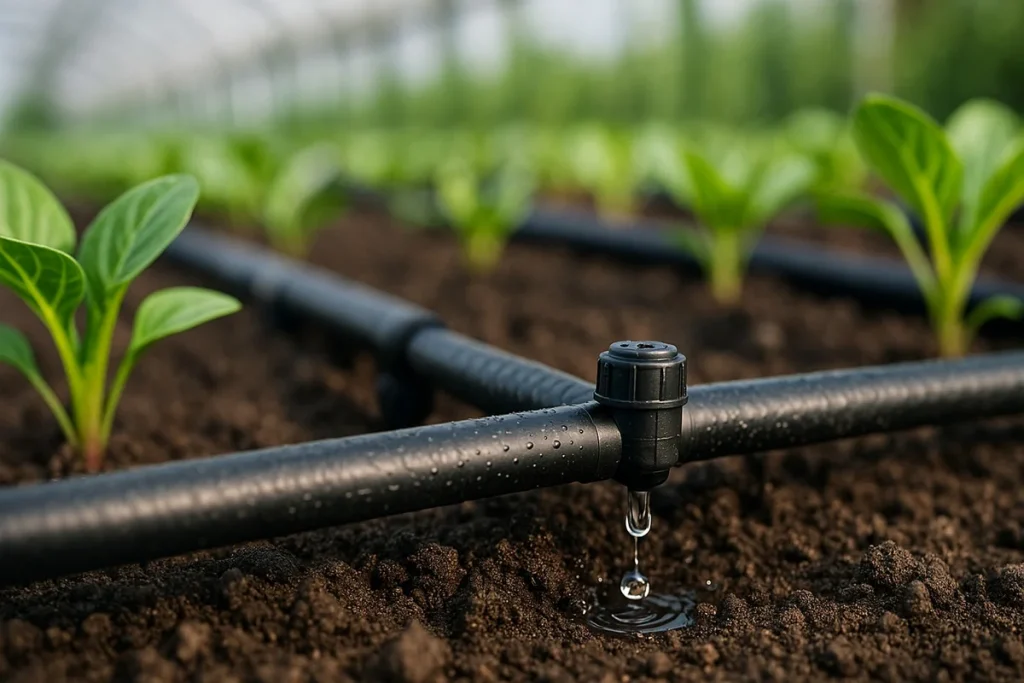
Pressure-Sensitive Drip Irrigation Hoses
Pressure-sensitive drip irrigation hoses deliver water at a constant flow rate regardless of changes in water pressure. These hoses are the ideal solution, especially for large areas and sloped terrain. Each emitter provides a steady flow within a specific pressure range.
Advantages
This type of hose ensures that plants always receive the same amount of water. Irrigation performance remains unchanged even when water pressure drops. This increases water savings and keeps plant growth balanced.
Areas of Use
They are preferred in citrus orchards, olive groves, and large greenhouse facilities. They are highly efficient in areas with low and high pressure differences.
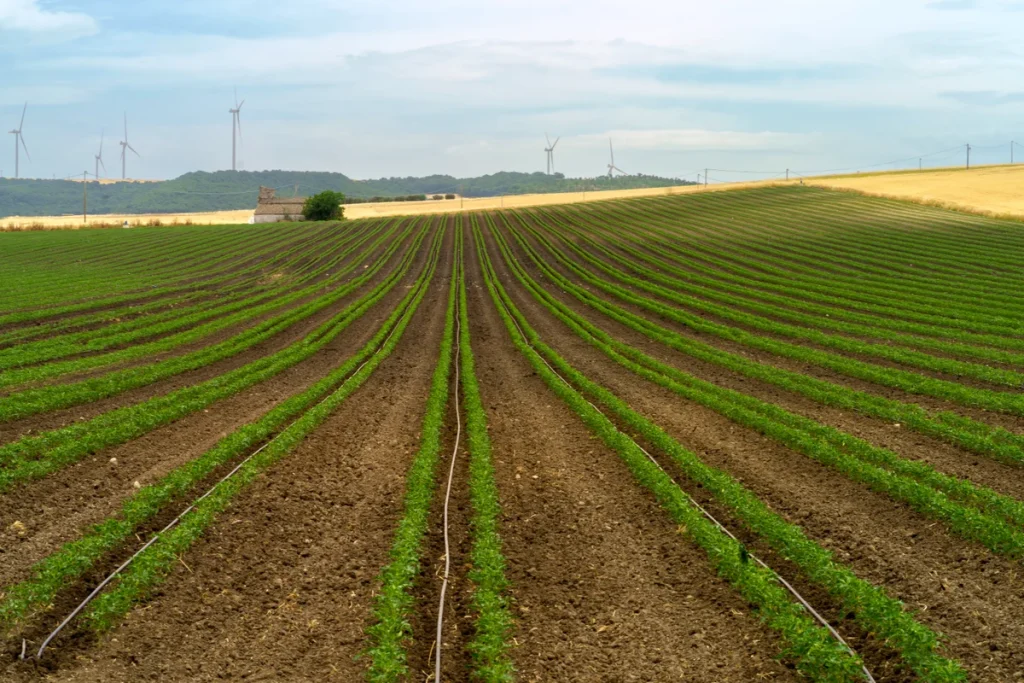
Flat Drip Irrigation Hoses
Flat drip irrigation hoses are known for their thin and flexible structure. They can be easily rolled up and stored when not in use. This feature provides great convenience in terms of portability. They are especially preferred in areas with seasonal planting.
Advantages
Flat hoses are lightweight, making installation and removal quick. They also provide efficient irrigation at low cost over large areas. They operate on the principle of inflating with water pressure.
Example Use
They are used in large fields such as corn, sunflower, or cotton. Water is distributed evenly within the hose and reaches the soil regularly through the holes.
Tip: After use, hoses must be dried and stored. Hoses left damp can lead to mold growth.
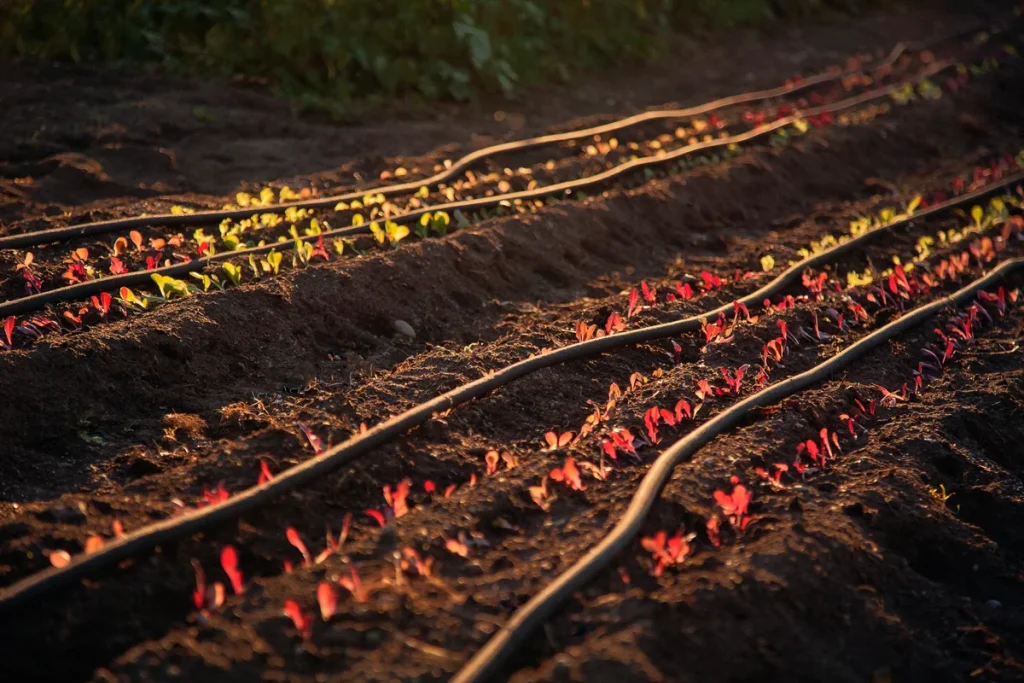
Underground Drip Irrigation Tubes
Underground drip irrigation tubes operate by being laid beneath the soil. In this system, water reaches the root zone directly. Since there is no evaporation at the surface, water loss is minimal. This maximizes water efficiency.
Advantages
This system saves water, especially in arid regions. It also reduces weed growth because moisture does not accumulate on the surface. Plants are nourished from the roots, which promotes stronger growth.
Areas of Use
It is used in vineyards, orchards, and greenhouses for continuous production. It is durable because it is buried underground.
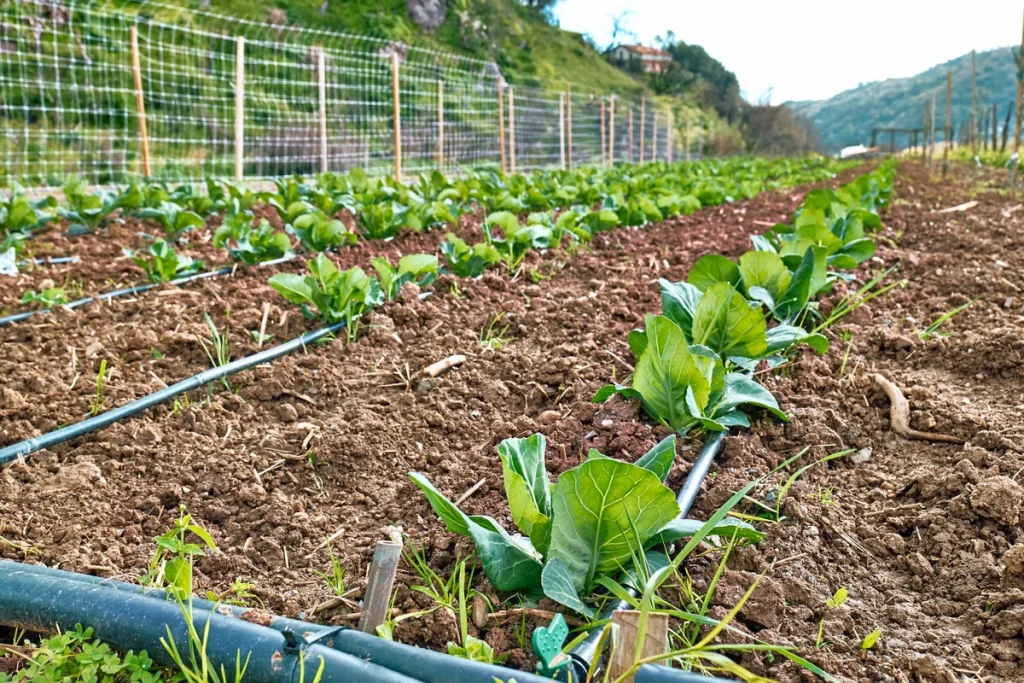
Things to Consider When Choosing a Drip Irrigation Hose
The choice of drip irrigation hose directly affects the efficiency of the system. Each terrain and plant type has different requirements. Therefore, certain criteria should be considered when selecting a hose.
Factors to Consider
- Soil structure: Water drains quickly in sandy soil, so a hose with more holes is required.
- Land slope: Pressure-sensitive hoses should be preferred on sloped areas.
- Plant type: For plants with deep root structures, the dripper spacing should be wider.
Tip: When making your selection, the thickness of the hose and the spacing between the holes should also be taken into account. Thicker hoses are more durable, while thinner hoses are suitable for short-term use.
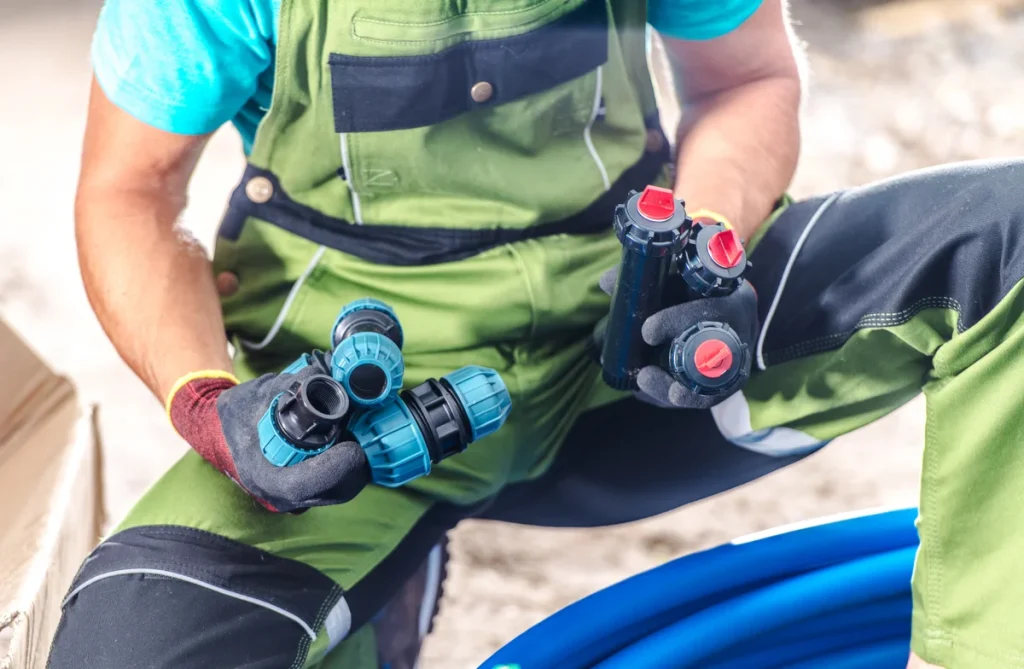
Drip Irrigation System Hose Maintenance
Regular maintenance of drip irrigation hoses extends the life of the system. Without maintenance, the holes become clogged and water flow becomes irregular. This leads to uneven watering of plants.
Maintenance Steps
- Clean the filters at the beginning of each season.
- Reverse the water flow through the system to remove sediment from the hose.
- Regularly check the holes and clean any clogged ones.
- Do not leave hoses in direct sunlight for long periods.

Advantages of Drip Irrigation Hoses
Drip irrigation hoses are one of the most efficient water usage methods in modern agriculture. They consume significantly less water compared to traditional irrigation methods. Since water reaches the plant roots directly, savings are achieved and plants grow without stress.
Advantages
- Water savings: Evaporation and seepage loss are minimal.
- Increased yield: Plants are fed regularly and evenly.
- Soil protection: Erosion is reduced, and soil structure is preserved.
- Fertilizer efficiency: Fertilizers reach the roots directly with the water.
Example
While 7,000 liters of water are used in a one-hectare tomato field with traditional irrigation methods, this amount drops to 4,000 liters with a drip irrigation hose system. This represents significant savings.
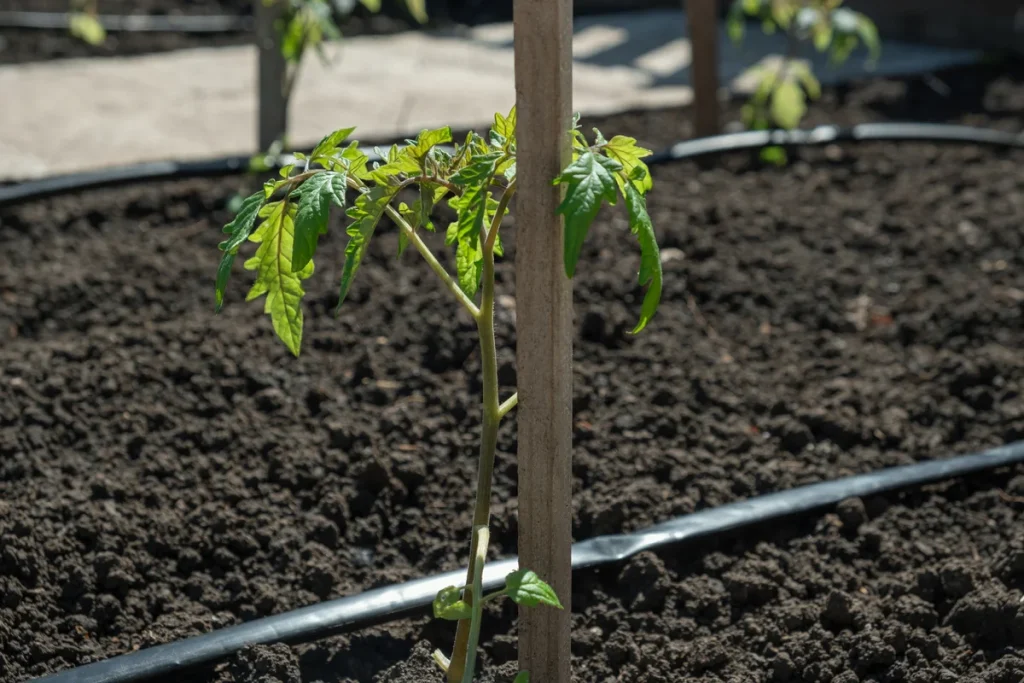
The Role of Drip Irrigation Hoses in Sustainable Agriculture
Sustainable agriculture relies on the efficient use of water and energy. Drip irrigation hoses are central to this goal. Delivering water directly to the roots reduces environmental impact. It also prevents salt accumulation in the soil, enabling long-term agriculture.
Ecological Contribution
This system helps conserve water resources. Reduced water usage also lowers energy consumption. Furthermore, maintaining soil moisture balance supports biodiversity.
Application Example
Switching to a drip irrigation system in small-scale farms reduces annual water consumption by up to 50%. This is a significant gain for sustainable production.
Tip: Choosing emitters suitable for local climate conditions both increases yield and maximizes water savings.

Summary
Drip irrigation hose types offer various advantages depending on different terrain and plant types. Perforated, self-dripping, pressure-sensitive, flat, and underground models each have specific applications. Proper hose selection saves water, increases crop yield, and protects the environment. As one of the most effective irrigation methods for sustainable agriculture, the drip irrigation system has become indispensable in modern farming.
FAQ (Frequently Asked Questions)
A drip irrigation hose is a flexible pipe system that delivers water directly to plant roots. This minimizes water loss and ensures efficient irrigation.
This depends on the slope of the land and the type of plant. Pressure-sensitive hoses are more efficient on sloped land, while perforated hoses are more efficient on flat land.
Holes get clogged if a filter is not used or if there is sediment in the water. Regular filter cleaning prevents this problem.
Yes, it is suitable for almost all plants. However, the dripper spacing should be adjusted according to the root structure.
Hoses made from high-quality materials can be used for an average of 8–10 years.
Some drip hoses can work at low pressure. However, for optimum efficiency, the pressure must be in line with the manufacturer’s recommendations.
Yes, if integrated with a fertilizer tank, nutrients reach the roots along with the water.
This is determined by the size of the area. However, intermediate connections should be added to prevent pressure drop in very long lines.
Maintenance should be performed at the beginning and end of each season. If the filter and holes are cleaned regularly, the system will have a long service life.
Contact us for more information about drip irrigation hose types or to receive professional installation support. Our expert team will help you determine the most suitable irrigation solution for your needs.

 English
English
 Türkçe
Türkçe
 Ελληνικά
Ελληνικά
 Deutsch
Deutsch
 ქართული
ქართული
 العربية
العربية

